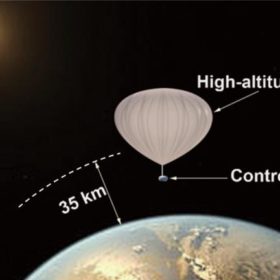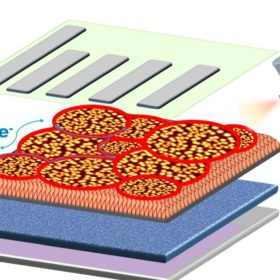A different angle on perovskite defects
Scientists in China took a closer look at the role of defects in limiting the performance of perovskite solar cells, demonstrating a screening effect that could be tuned to make material defects “invisible” to charge carriers, greatly improving cell performance. Using this approach they demonstrate a 22% efficient inverted perovskite solar cell, and theorize several new pathways to even higher performance.
A new manufacturing process for 19.5% efficient perovskite solar cells
Researchers in China have proposed manufacturing perovskite cells using a pre-nucleation technique. Compared to traditional solvent dripping methods, the approach enables the creation of smaller crystallites in the perovskite films as uncontrolled crystallite growth affects the efficiency and durability of cells.
Dutch scientists use fluoride to make perovskite solar cells more stable
Researchers claim the cell they have developed is able to retain 90% of its efficiency after 1,000 hours under extreme light and heat conditions.
In space, stability of perovskite cells is not an issue
A Chinese research team has tested large-area perovskite solar cells by sending them into near-earth orbit at 35 km, and has discovered the near lack of oxygen and moisture is good for their stability.
Researchers show world-record 20.9% perovskite cell, new SSG process increasing stability
This marks another world record conversion efficiency for perovskite solar cells. A newly developed process reportedly reduces non-radiative recombination of the cells. The new cell is the result of joint research between the England-based Universities of Oxford, Cambridge, Surrey and China-based Beijing.
Researchers turn to spray coating in applying ETL to perovskites
Perovskites, a tempting low-cost alternative to crystalline silicon based solar cells, could be moving closer to commercial production thanks to a new way of applying the critical electron transport layer (ETL) pioneered by an international team of researchers.





